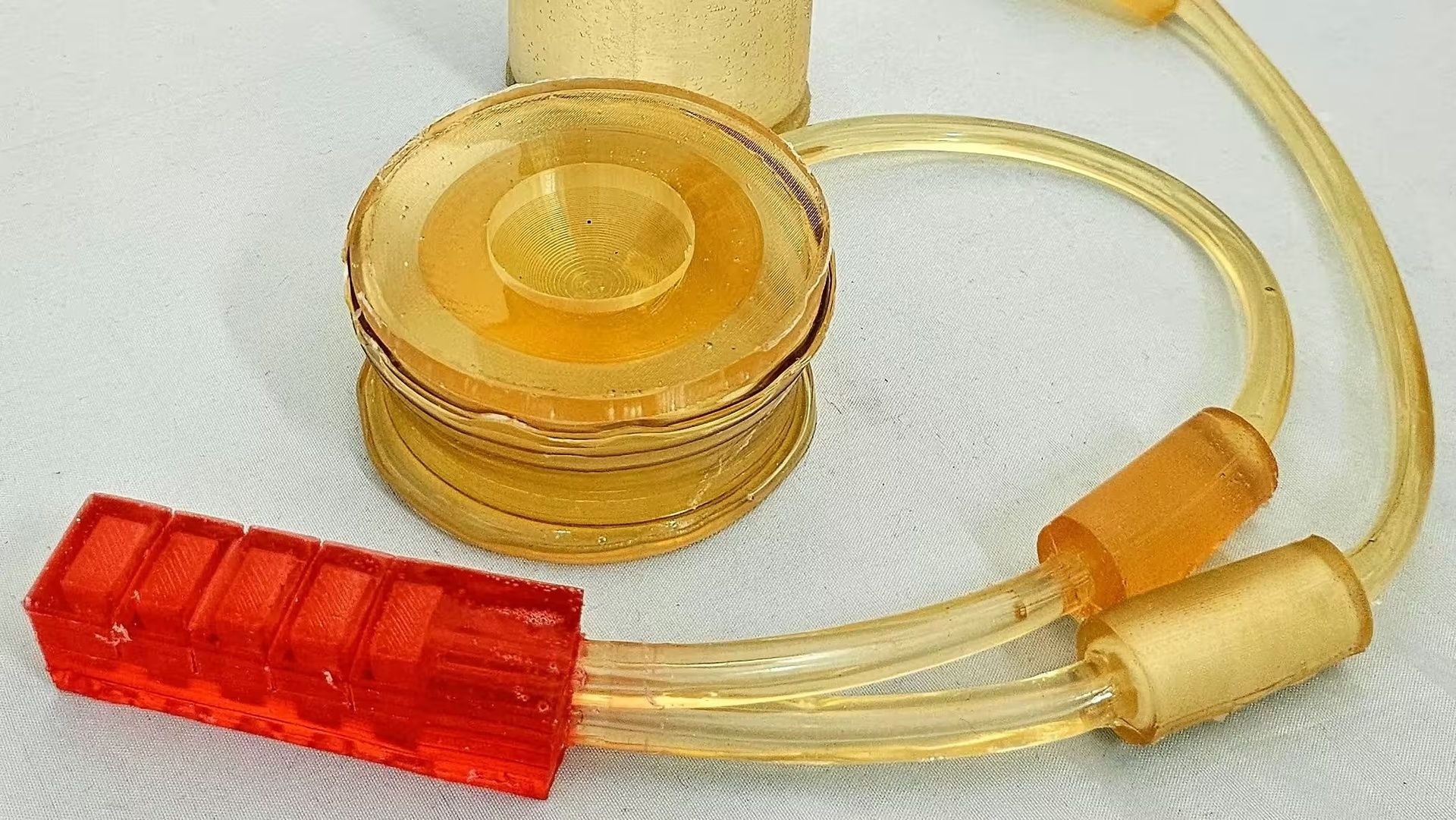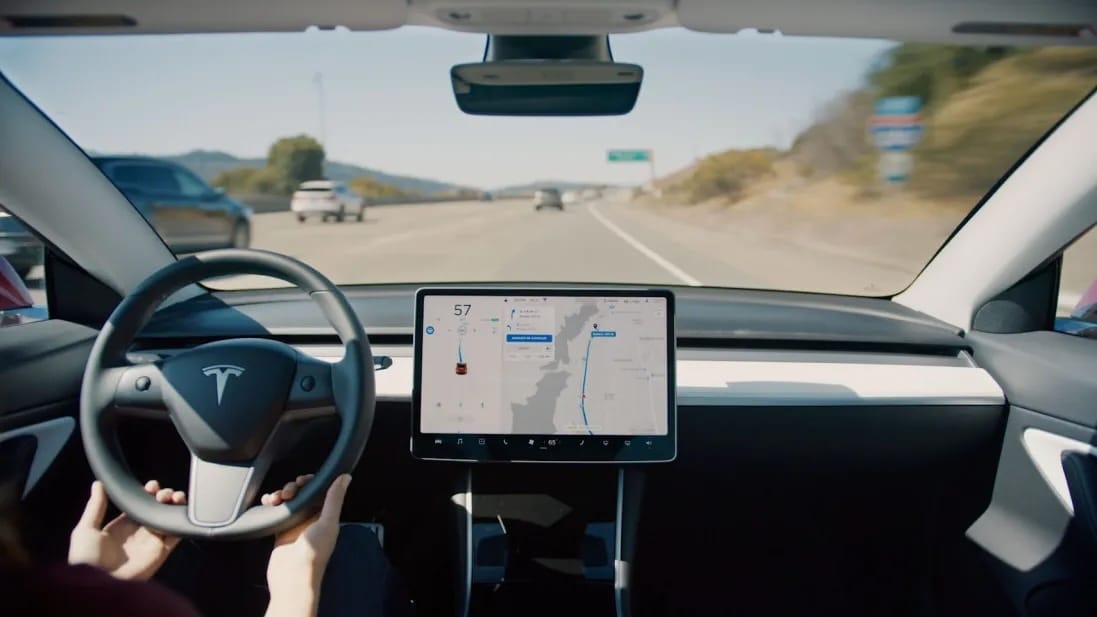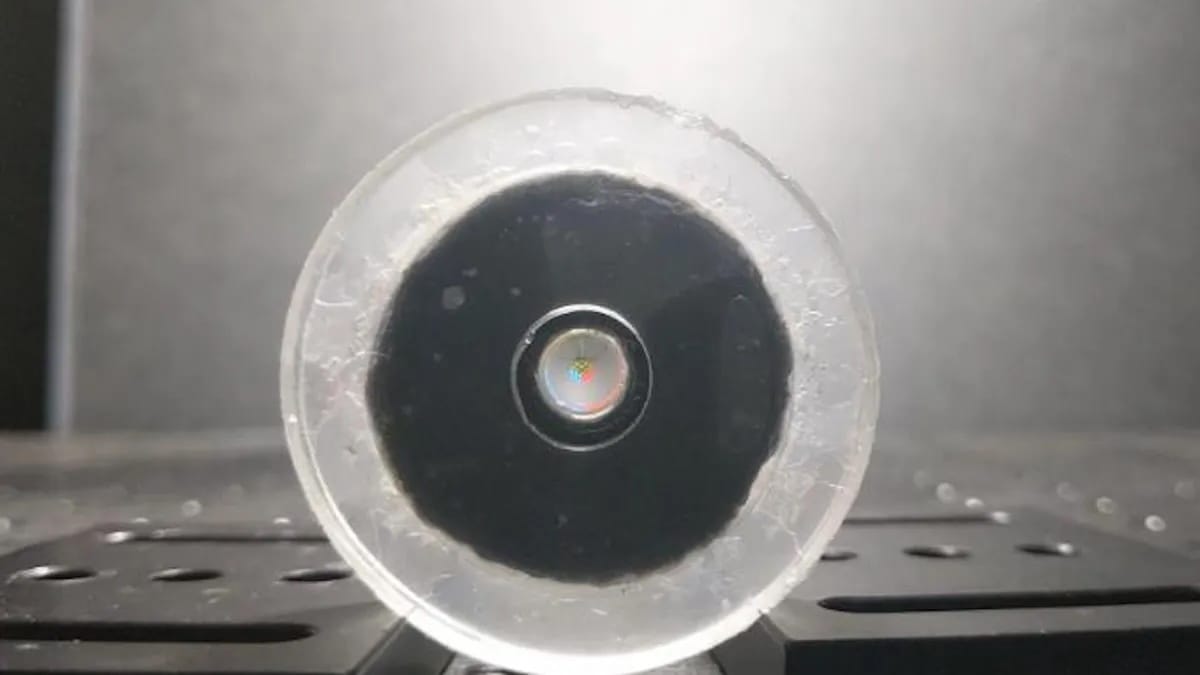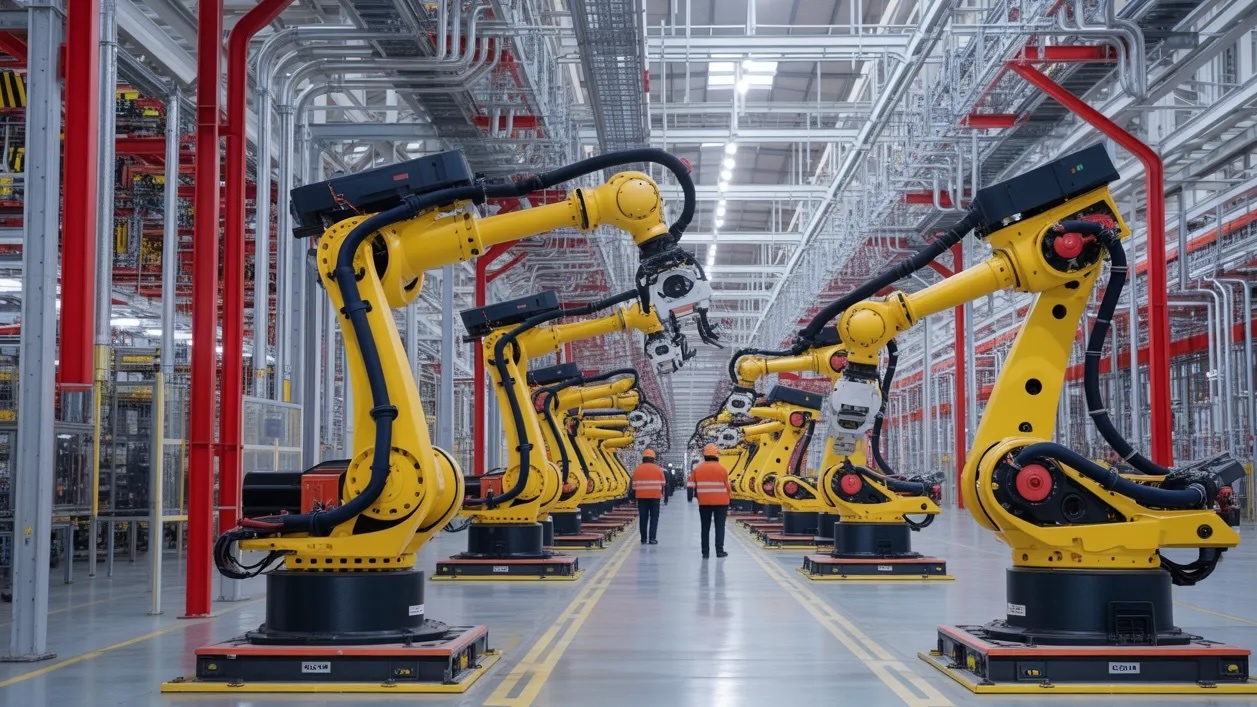UBTech's army of humanoid workers
PLUS: Patients control AI and robotics with thought
Read Online | Sign Up | Advertise
Good morning, robotics enthusiasts. UBTech claims a humanoid breakthrough — $113M in orders and a factory cranking out Walkers by the thousand.
A glossy lineup video sparked a “CGI” accusation from Figure’s CEO, fanning industry credibility wars. But the Chinese giant says it’s charging toward a 2025 mass rollout and a $20K home bot to take on Tesla and Figure.
In today’s robotics rundown:
UBTech claims ‘mass production’ of humanoids
Soft bots you can eat, with battery and all
Tesla drops safety numbers after Waymo jab
Squishy robot eye with microscopic vision
Quick hits on other robotics news
LATEST DEVELOPMENTS
UBTECH
🤖 UBTech claims ‘mass production’ of humanoids

Image source: UBTech
The Rundown: China's UBTech is claiming a commercial breakthrough in the humanoid race: $113M in orders and 500 industrial humanoids slated for delivery in 2025, with production capacity already exceeding 1K units annually.
The details:
The Shenzhen-based company reports over $113M in domestic pre-orders and plans to ship 500+ humanoids in 2025.
UBTech released a short video showcasing what it calls the “world’s first mass delivery of humanoid robots,” featuring sleek rows of Walker S2 units.
The viral lineup video quickly drew heat from Figure CEO Brett Adcock, who labeled it CGI, sparking some online debate.
Walker S2’s hot-swap battery system enables quick changeovers, designed to sustain round-the-clock factory shifts.
Why it matters: UBTech targets 5K Walker shipments next year as it preps to push into the consumer market with a $20K home robot to rival Tesla’s Optimus, Figure 03, and 1X’s NEO. Of course, Adcock’s CGI accusation highlights lingering skepticism around production claims in the heated humanoid race.
EPFL
🍽️ Soft bots you can eat, with battery and all

Image source: EPFL
The Rundown: Switzerland’s EPFL just built a soft robot you can literally eat — battery and all — designed to lure wild boars, deliver their medication, and then dissolve harmlessly so it leaves no e-waste or toxic residue behind.
The details:
The soft robot includes an edible pneumatic battery, valves, and tubing — made with gelatin and wax — so the entire device can be safely consumed.
The team envisions infusing vaccines into the edible actuators to treat elusive animals like wild boars, drawn to moving prey that the robots mimic.
In a new paper, EPFL unveiled ingestible batteries and actuators that together enable what may be the first fully ingestible robot with controlled actuation.
A lab demo shows the edible battery inflating and deflating actuators at ultra‑low power, providing simple motion without conventional electronics.
Why it matters: Part of the EU-funded RoboFood project, edible robots like this offer life-saving potential, such as smart pills, ingestible sensors for noninvasive diagnosis, and treating wild animals. The tech also promises environmental gains as the biodegradable pneumatic robots leave no trace in fragile ecosystems.
TESLA
🚘 Tesla drops safety numbers after Waymo jab

Image source: Tesla
The Rundown: Tesla posted a new FSD (Supervised) safety dashboard with detailed methodology, claiming multi‑million‑mile intervals between crashes, just weeks after Waymo’s co‑CEO pressed rivals to release more data.
The details:
Tesla claims roughly 5.1M miles per major collision and about 1.5M miles per minor collision for North American FSD users.
Tesla says its rates are far lower than the national average, which equates to about one major crash every 699K miles and one minor every 229K.
The company counts any collision within 5 seconds of FSD engagement, using airbag deployments and crash frequency as severity proxies.
For years, Tesla has released misleading crash safety data for Autopilot, so this is a step up, but the numbers remain self-reported with no third-party auditing.
Why it matters: Waymo has set the bar with methodologically detailed releases, claiming roughly 5x fewer overall crashes and 12x fewer pedestrian incidents than humans, putting pressure on Tesla to publish equally rigorous datasets. While Tesla hasn’t matched Waymo here, this opens a door to more transparency moving forward.
GEORGIA TECH
👁️ Squishy robot eye with microscopic vision

Image source: George Tech / Corey Zheng
The Rundown: Georgia Tech researchers built a squishy robotic eye that autofocuses in response to light without requiring any external power source. The hydrogel lens is powerful enough to resolve microscopic details, such as the hair on an ant’s leg.
The details:
The light‑activated hydrogel “muscle” tightens to tune a silicone lens, delivering autofocus with zero motors, wires, or batteries.
Resolution is wild: hair on an ant’s leg, lobes on a pollen grain, and micrometer‑scale detail under microscope tests.
A polymer‑network hydrogel lens traps and releases water, letting it toggle between liquid‑like and solid‑like states.
Target use cases: electronics‑free vision for soft robots, medical tools, and wearables operating in tight, hazardous, or body‑contact environments.
Why it matters: Soft robots designed for hazardous environments or wearables need flexible sensing to match their squishy form, and this hydrogel eye can provide that. Researchers say the design could mimic animal vision, like a cat’s pupil for detecting camouflage or a cuttlefish’s W-shaped retina for perceiving colors humans can’t see.
QUICK HITS
📰 Everything else in robotics today
Unitree Robotics unveiled the G1-D, its first wheeled humanoid designed as an AI training platform that combines mobile lifting capability and dexterous manipulation.
Sunday Robotics, co-founded by ex‑Google DeepMind and Tesla engineer Tony Zhao, posted a clip of dual robotic arms making espresso and teased a Nov. 19 reveal.
Shenzhen's MindOn Tech released a viral clip showing a modified Unitree G1 autonomously doing household chores using grippers.
Amazon’s robotics chief says he aims to wipe out ‘every menial, mundane job’ with AI and automation, as Amazon commits $2.5B to retrain workers for higher‑skill roles.
Tether, the company behind the USDT stablecoin, is in talks to lead a €1B round in Germany’s Neura Robotics, potentially valuing the humanoid maker at €8–10B.
Google-backed Apptronik is in advanced talks to raise at least $400M, a deal that would peg the company at a $5B pre‑money valuation, The Information reports.
Unitree Robotics completed China’s mandatory pre-listing tutoring for its IPO, clearing a key regulatory hurdle toward a debut floated at a $7B valuation.
Anduril made its Middle East debut in a $200M partnership with the UAE’s EDGE Group to co-develop and produce the Omen hybrid‑VTOL drone in Abu Dhabi.
Locus Robotics slipped its first mobile manipulators into a DHL warehouse for live testing — robot arms that pluck totes from shelves and pick items directly.
U.S. firm XCath used its triaxial EVR neurovascular robot to treat three patients with brain aneurysms in Panama with sub-millimeter precision, in a world first.
Russian aviation company Pobeda claims it deployed the world’s first humanoid flight attendant; a clip shows what appears to be a Unitree G1 mimicking cabin crew actions.
COMMUNITY
🎓 Highlights: News, Guides & Events
Read our last AI newsletter: Disney star debuts AI avatars of the dead
Read our last Tech newsletter: Blue Origin nails SpaceX signature move
Read our last Robotics newsletter: ‘Putin lookalike’ robot faceplants
Today’s AI tool guide: Use Claude to organize your business finances
Watch our last live workshop: AI Essentials for Leaders and Managers
See you soon,
Rowan, Jennifer, and Joey—The Rundown’s editorial team
Stay Ahead on AI.
Join 1,000,000+ readers getting bite-size AI news updates straight to their inbox every morning with The Rundown AI newsletter. It's 100% free.





